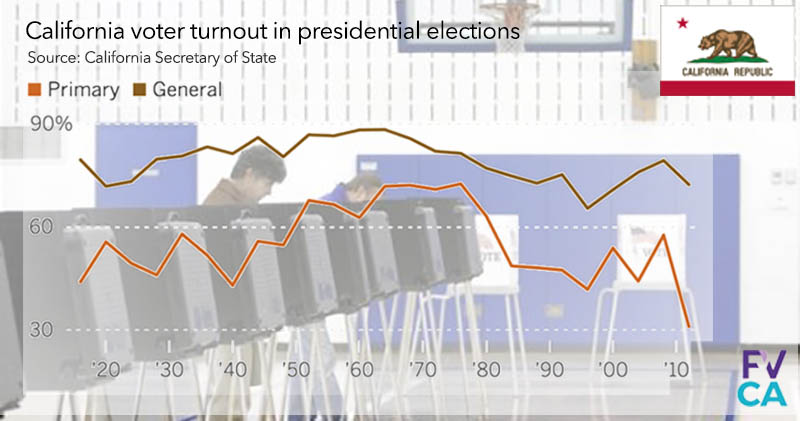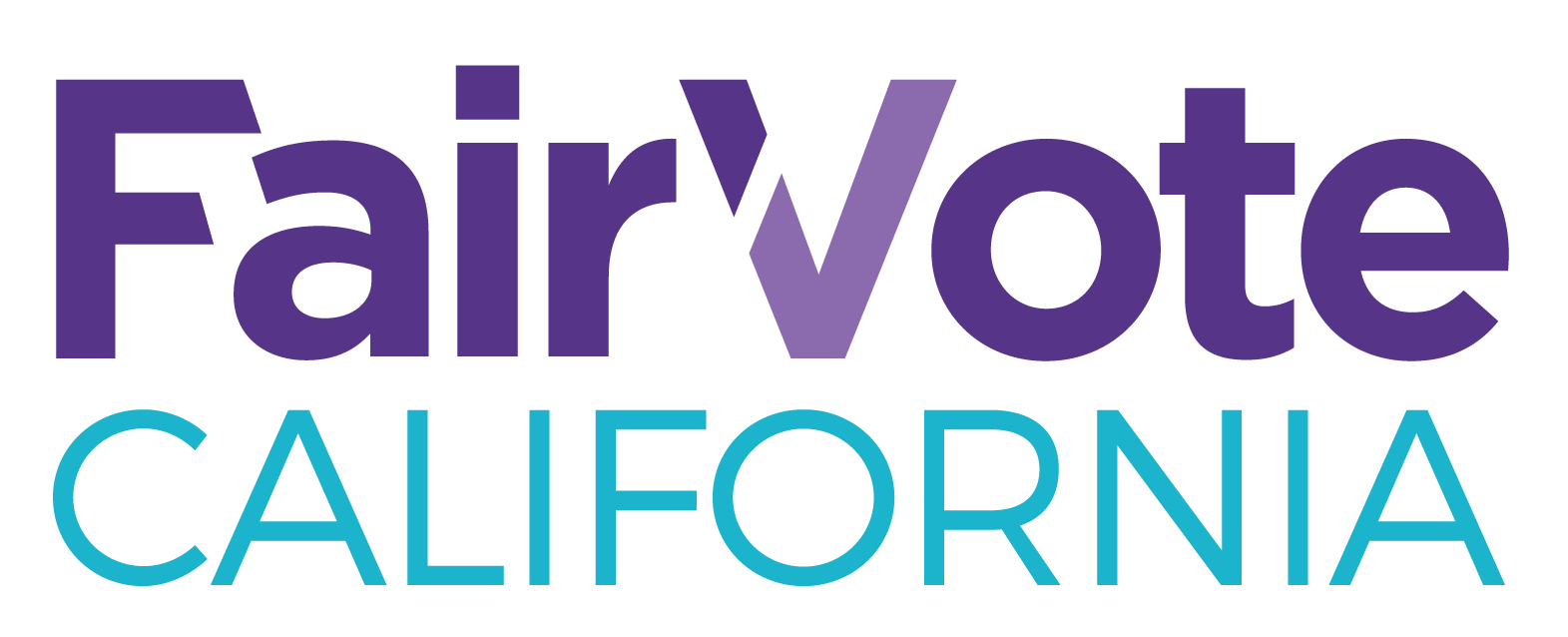
What is the California Voter Participation Act (CVPA)?
In 2015, the California State Legislature passed SB 415 to address concerns about low voter turnout. If a local, “off cycle” election (meaning NOT held during the Statewide Primary or General Elections of June or November in even-numbered years) yields a voter turnout of 25% or less than the average turnout for the previous four statewide elections, then it must be moved to a statewide election date. This would apply to jurisdictions that hold March and April elections, but also to elections held on odd-year years.
This law takes effect in 2018. All covered agencies must start complying or adopt a written plan by Jan. 1st, 2018. Plans must go into effect no later than Nov. 8, 2022.
The CVPA would not apply to runoff elections that are on-cycle with the California Primary and General Elections. It also does not apply to special elections.
The full language of the bill can be found here:
https://leginfo.legislature.ca.gov/faces/billTextClient.xhtml?bill_id=201520160SB415
Is this different for charter cities vs. general law cities?
California state law dictates that cities may be organized under either the general laws of the State or under a charter adopted by the local voters. Cities that are organized under the general laws of the State (Section 34102) have less autonomy than those that adopt their own charter (Section 34101), this includes determining their election systems. As of July 11, 2017, the opinion of the California Attorney General states the CVPA applies to charter cities as well. However, this may result in charter cities challenging the law.
Ranked Choice Voting as a Remedy
Ranked choice voting addresses low voter turnout by consolidating primary or runoff elections into a single high-turnout election. It makes primary and runoff election unnecessary because voters provide enough information on their ranked choice ballot to determine a winner. Cities such as Berkeley, Oakland, San Francisco, and San Leandro have used ranked choice voting for local races such as Mayor, Supervisor, City Council, and School Board.
What is Ranked Choice Voting (RCV)?
RCV gives voters more voice and greater choice by casting a ballot with candidates ranked in order of preference. If a voter’s favorite candidate is unable to win, their vote counts for their next choice until a candidate wins with a majority in one decisive high turnout election rather than two. This has promoted fairness since candidates are more broadly representative, eliminates vote splitting and the spoiler effect, fosters civil elections since candidates go beyond their traditional base of support, promotes coalition building, and reduces costs for the city and for candidates.

Showing 1 reaction
Sign in with
Facebook Twitter